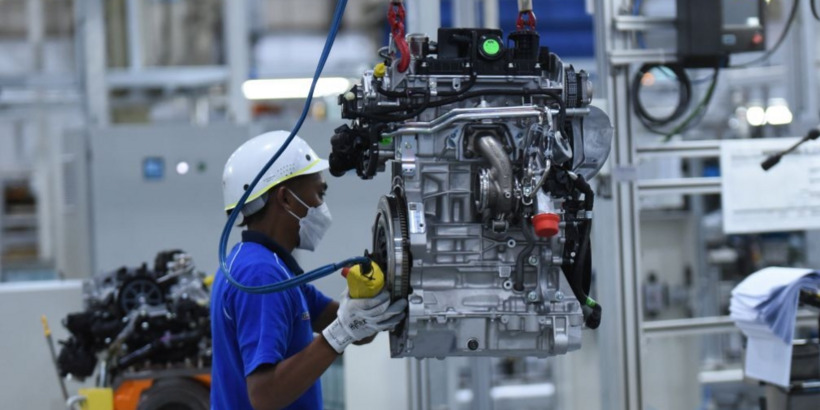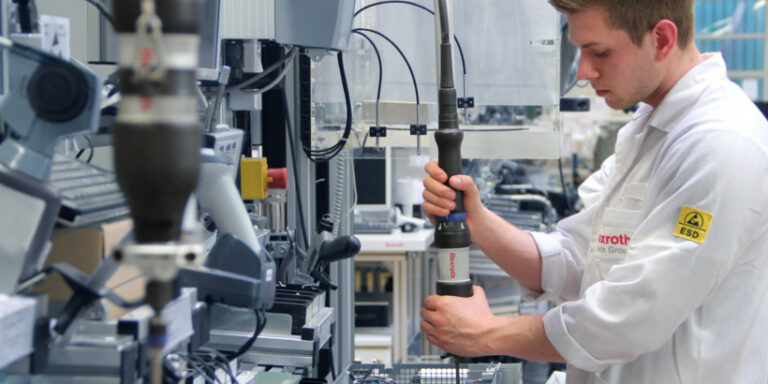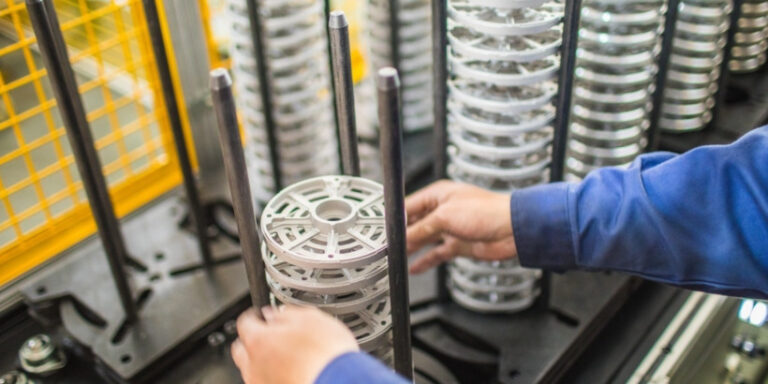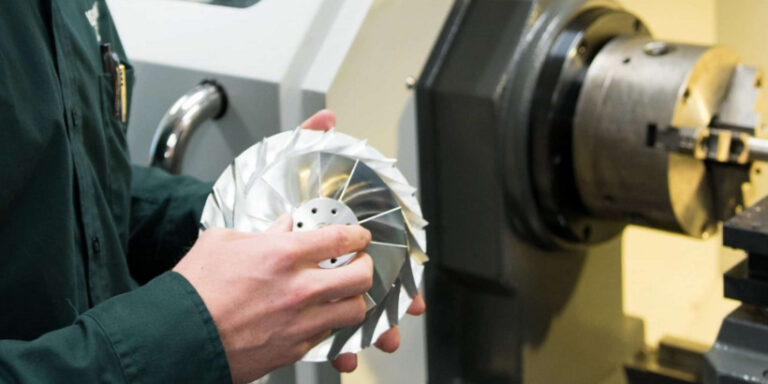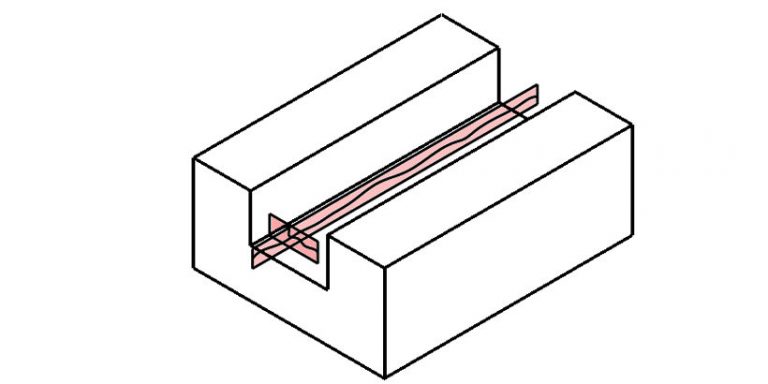Designing Sustainable And Energy-Efficient Hvac Systems
Are you tired of sky-high energy bills caused by your HVAC system? Do you want to reduce your carbon footprint and contribute to a more sustainable future? Look no further than designing an energy-efficient and environmentally-friendly HVAC system for your home or business.
In today’s world, it is essential to prioritize sustainability in all aspects of our lives. One significant way we can do this is by reducing the amount of energy we consume on a daily basis. HVAC systems are notorious for being one of the biggest culprits when it comes to high energy usage.
However, with proper design and implementation, they can become efficient and eco-friendly solutions for heating and cooling needs. In this article, we will explore the different ways you can create a sustainable HVAC system that not only saves you money but also contributes positively to the environment.
Identifying Your Needs
Imagine walking into a room that’s just the right temperature, no matter the time of year. It feels like stepping into an oasis of comfort and relaxation.
Achieving this level of optimal HVAC performance isn’t as challenging as it might seem. The first step is identifying your needs, especially when it comes to maximizing efficiency while reducing costs.
By taking the time to assess what you require from your system, you can design one that meets all your unique specifications without wasting energy or money on unnecessary features.
With careful planning and thoughtful consideration, finding the perfect balance between comfort and sustainability is well within reach let’s get started!
Understanding The Different Types Of Hvac Systems
When it comes to designing sustainable and energy-efficient HVAC systems, understanding the different types available is crucial. There are several options, including central air conditioning (CAC), heat pump systems, and ductless mini-split systems.
Each system has its own benefits and drawbacks that need to be considered when selecting components for an efficient design. CAC systems are popular because they can cool large spaces effectively while being relatively affordable; however, their operating costs may be higher than other options.
Heat pumps are a great choice for those looking to save on heating expenses during colder months but may not provide sufficient cooling in hot weather.
Ductless mini-split systems offer both heating and cooling capabilities with minimal energy loss through ductwork, making them ideal for smaller spaces or homes without existing ducts.
By understanding the differences between these HVAC systems, you can make informed decisions about which components will best suit your needs while keeping operating costs low.
Choosing The Right Size And Capacity
Now that we have a basic understanding of the different types of HVAC systems, it’s time to move on to choosing the right size and capacity for your space.
One important factor to consider when evaluating cost is determining the appropriate size of your system.
A unit that is too small will not efficiently cool or heat your space, while an oversized unit can lead to wasted energy and increased operating costs.
It’s also essential to maintain efficiency by regularly cleaning filters and scheduling routine maintenance checks with a professional HVAC technician.
By taking these steps, you can ensure that your system runs smoothly, saves money in the long run, and reduces its environmental impact.
Choosing An Energy-Efficient Unit
Now that we understand the importance of designing sustainable and energy-efficient HVAC systems, let’s move on to choosing an energy-efficient unit.
When it comes to choosing a unit, there are many things to consider – from the size of your space to your budget. However, one idiom that rings true in this case is ‘you get what you pay for.’
While investing in a high-efficiency system may seem costly upfront, it can actually end up reducing costs in the long run due to significant energy savings.
When selecting an efficient unit, look for those with Energy Star certifications or other industry-recognized labels indicating high efficiency ratings. Additionally, units with variable-speed compressors and fans can provide even more energy savings by adjusting their output based on demand.
It’s also important to properly size the unit for your specific space so that it doesn’t waste energy trying to heat or cool areas unnecessarily.
By taking the time to choose an energy-efficient HVAC unit now, you’ll be able to reap the benefits of reduced operating costs and increased sustainability in the future without sacrificing comfort.
So don’t cut corners when it comes to choosing your system invest wisely and make sure you’re getting the most out of every dollar spent!
Considering Alternative Solutions
When it comes to designing HVAC systems, considering alternative solutions is crucial for achieving energy efficiency and sustainability.
Exploring options beyond the traditional heating and cooling methods can lead to innovative and cost-effective solutions that benefit both the environment and your pocketbook.
To help you consider alternative solutions, here are five factors worth reviewing costs:
- Renewable Energy Sources: Incorporating solar panels, wind turbines or geothermal systems can significantly reduce energy consumption while also decreasing utility bills.
- Zoning Systems: Dividing a building into zones helps regulate temperature in specific areas without wasting energy on unused spaces.
- High-Efficiency Equipment: HVAC equipment with high SEER (Seasonal Energy Efficiency Ratio) ratings use less energy than lower-rated models resulting in significant savings over time.
- Smart Thermostats: These thermostats learn user behavior patterns and adjust temperatures accordingly saving money by avoiding unnecessary heating or cooling.
- Natural Ventilation Solutions: Designs incorporating natural ventilation such as operable windows or skylights can improve air quality while reducing reliance on mechanical systems.
By exploring these options and reviewing costs, you’ll be able to design an efficient HVAC system that aligns with your budgetary needs while supporting sustainable practices.
Installing The System Properly
I’m looking forward to discussing the importance of proper insulation and system efficiency when it comes to designing sustainable and energy-efficient HVAC systems. Let’s explore how we can effectively install the system to ensure it’s running as efficiently as possible!
Proper Insulation
When it comes to installing HVAC systems, proper insulation is a crucial aspect that shouldn’t be overlooked.
Using efficient materials for insulation can significantly reduce costs in the long run since it helps maintain indoor temperatures without relying heavily on the system.
It’s essential to ensure that all areas of your home are adequately insulated, including walls, attics, and floors.
This guarantees that heat or cold air doesn’t escape through cracks or gaps, ensuring maximum efficiency from your HVAC system.
Remember, investing in excellent insulation pays off; it ensures you’re not wasting energy unnecessarily and saves you money over time.
System Efficiency
Now that we’ve talked about the importance of proper insulation during HVAC installation let’s move on to another crucial aspect, system efficiency.
Ensuring your HVAC system is operating efficiently can make a massive difference in reducing consumption and managing demand.
This means that you won’t be using more energy than necessary, which can result in lower utility bills and a more environmentally-friendly home.
Proper installation goes hand in hand with system efficiency since incorrect placement or sizing can cause the system to work harder than it should, leading to higher energy usage.
Therefore, it’s essential to have professionals install your HVAC system correctly from the beginning to maximize its potential for optimal performance.
Utilizing Smart Technology
Now that we have installed the HVAC system properly, let’s talk about how to make it even more efficient.
One way is by utilizing smart technology such as smart thermostats. These devices can learn your preferences and adjust the temperature accordingly, saving energy when you’re not home or sleeping. They also allow for remote control through a smartphone app, so if you forget to turn off the air conditioning before leaving the house, you can easily do so from anywhere.
Another helpful tool is energy monitoring which tracks your energy usage in real-time, allowing you to identify areas where you may be wasting energy and make adjustments accordingly.
By incorporating these technologies into our HVAC systems, we can reduce our carbon footprint and save money on utility bills without sacrificing comfort. So let’s embrace the power of smart technology and take one step closer towards sustainable living.
Conclusion
In conclusion, designing sustainable and energy-efficient HVAC systems is not rocket science. By following the steps outlined in this article, you can improve your home¡¯s indoor air quality while reducing your carbon footprint and saving money on utility bills.
One fascinating statistic that stood out to me was that heating and cooling account for about 50% of a typical household’s energy use. That means half of what we pay for utilities goes towards keeping our homes at comfortable temperatures. It¡¯s mind-boggling when you think about it!
But there¡¯s good news: by investing in an energy-efficient HVAC system, you can significantly reduce those costs over time. So whether you¡¯re building a new home or upgrading an existing one, I encourage you to consider sustainability as part of your design plan.
Not only will it benefit the environment, but it will also make your home more comfortable and cost-effective in the long run. Remember, every little step counts even something as simple as changing your air filters regularly or installing a programmable thermostat can go a long way towards achieving your goals.
Let¡¯s work together to create a cleaner, healthier future for ourselves and generations to come.
